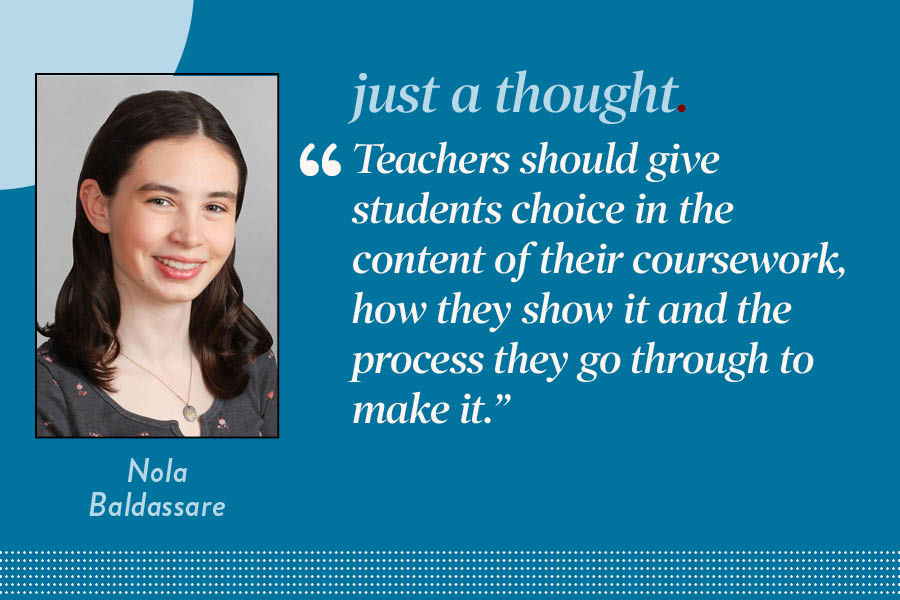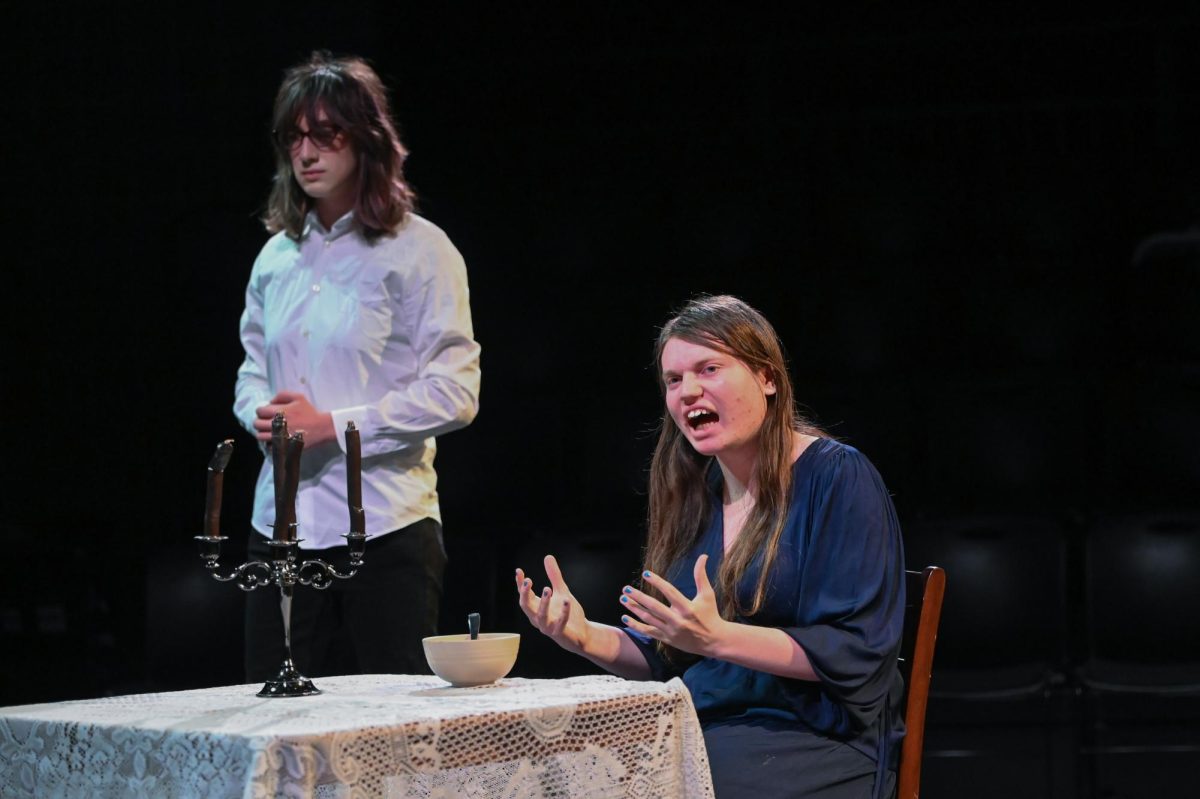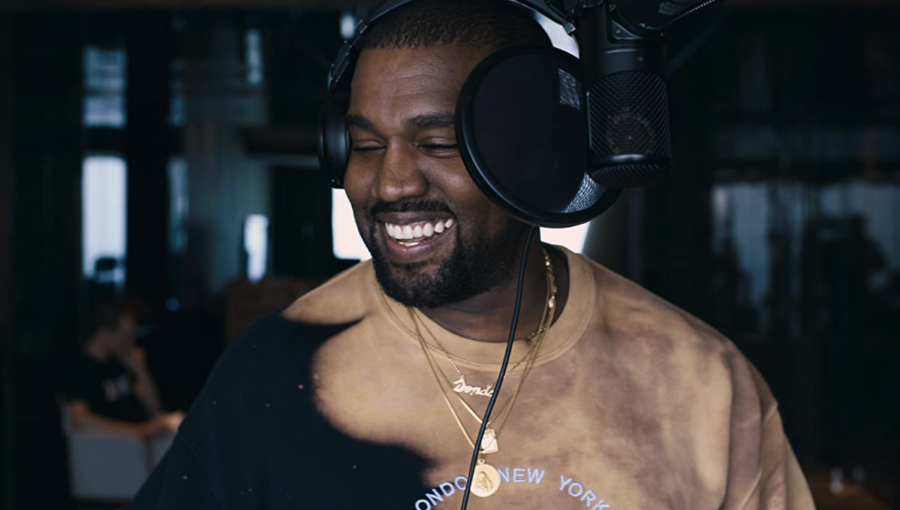Netflix’s ‘Jeen-yuhs: A Kanye Trilogy’ diverges from original plot
March 31, 2022
Kanye West. Yeezus. Ye.
Anyone who has stayed up to date with pop culture for the past two decades has probably heard at least one of the notorious rapper-producer’s nicknames. Whether you’ve been a fan since the late ’90s or you’ve seen the lucrative and controversial headlines in recent years, it’s clear his story is not one to miss. So, It’s surprising that Ye, whose name change became official in October 2021, is not actually the protagonist of the nearly five-hour docu-series following his story, “jeen-yuhs: A Kanye Trilogy.”
The Netflix documentary has its light-shedding, emotional and inspiring moments, but it’s also almost as convoluted, long-winded and disjointed as Ye’s career. Maybe this is a part of the beauty of the film or maybe it’s the downfall. However, after the first two episodes, I was left wanting more — more authenticity, more narrative and most importantly, more Ye.
The documentary was filmed, produced and narrated by Clarence Simmons, referred to as Coodie, who became the focus of the narrative as the documentary progresses. Coodie has been planning this documentary since he dropped everything to film Ye’s journey as an established producer and rising rapper in 1998.
Coodie started following Ye after meeting him during a brief interview for his Chicago-based TV-channel, Channel Zero, when Ye was still only a producer in Chicago. He followed Kanye’s every move for five years through his tumultuous struggles to sign to a label, recover from a car accident, self-fund his first music video, release his debut album and eventually win Grammy awards.
The events spanning from 1998-2003 are covered in the first two episodes of the series, “Vision” and “Awakening,” via a handheld camcorder and narration. These episodes show a Kanye that’s almost unrecognizable to the controversial 2022 Ye. He’s a kid with an unbreakable drive to be not only successful, but the most successful. However, there’s still an undeniable humility in these first episodes. Viewers are taken inside the Chicago house of Ye’s mother, Donda, whose kind, motherly advice resonates with not only Kanye, but every viewer. We see Kanye taking out his retainers so he can rap demos to record executives, reminding viewers of how far he had to come. We see Kanye having to make a decision whether to get corrective jaw surgery or record a self-funded music video. With episode two concluding with Kanye winning three Grammy awards for his triple-platinum debut album, this narrative is a compelling hero’s journey of rags to riches and reached a logical conclusion for this part of his life.
If the documentary were to continue on the same detail-oriented and grounded course for the remainder of Ye’s career, it would be 20 episodes. However, mostly attributed to Coodie and Ye drifting apart the more success Kanye accumulated, about 20 years of Ye’s career are condensed into 90 minutes.
The last episode is mostly just about Coodie as an outsider watching Ye, rather than a documentary about Ye. We see the birth of Coodie’s daughter more than his interactions with Ye. All the while, Ye divulges into countless controversies and mental illness spirals, completely transforming into a new person and artist. What private moments we do see do not satisfy the precedent set in the first episodes.
In a few intimate moments included, we hear Ye discuss mental health, brief phone conversations with his father and studio sessions, still I don’t learn much more about Ye since 2003.
We miss out on the mind and life of Ye so much so in these last 20 years that I don’t think it’s fair to really market the series as a tell-all documentary on the entire career of Kanye West. Still, the narrative surrounding Ye’s rise to fame changed my perspective of who he is today.




























































